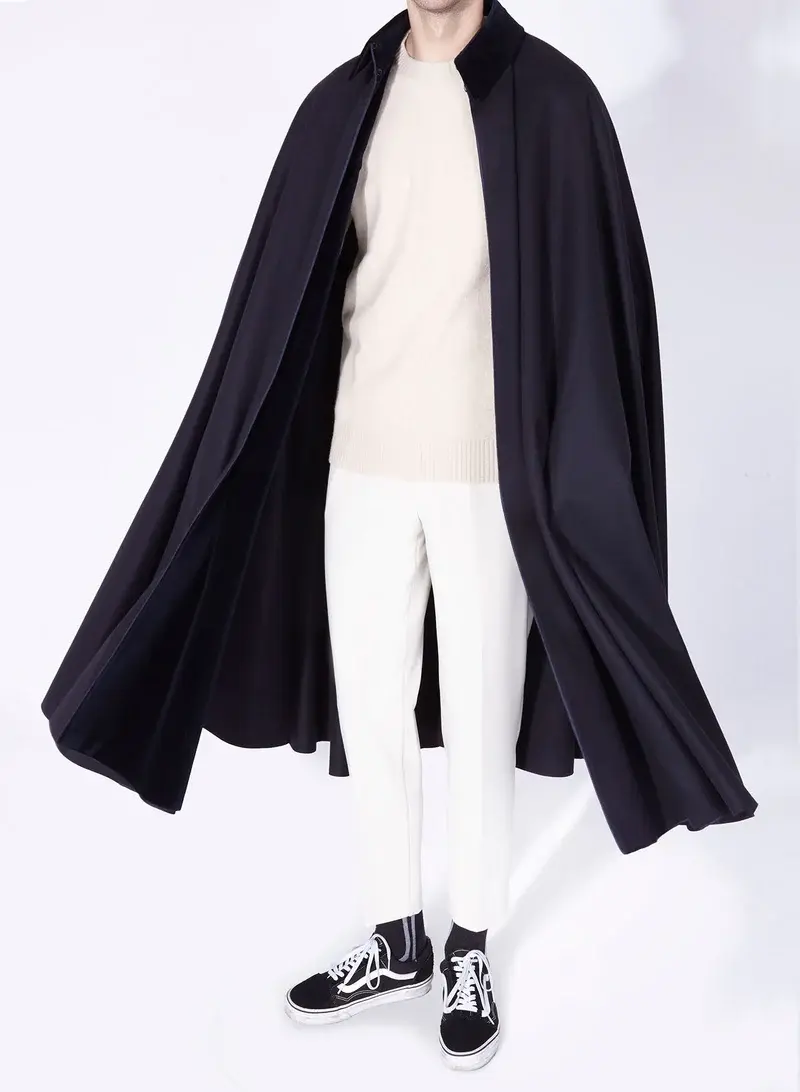Ask Lemmy
A Fediverse community for open-ended, thought provoking questions
Please don't post about US Politics. If you need to do this, try [email protected]
Rules: (interactive)
1) Be nice and; have fun
Doxxing, trolling, sealioning, racism, and toxicity are not welcomed in AskLemmy. Remember what your mother said: if you can't say something nice, don't say anything at all. In addition, the site-wide Lemmy.world terms of service also apply here. Please familiarize yourself with them
2) All posts must end with a '?'
This is sort of like Jeopardy. Please phrase all post titles in the form of a proper question ending with ?
3) No spam
Please do not flood the community with nonsense. Actual suspected spammers will be banned on site. No astroturfing.
4) NSFW is okay, within reason
Just remember to tag posts with either a content warning or a [NSFW] tag. Overtly sexual posts are not allowed, please direct them to either [email protected] or [email protected].
NSFW comments should be restricted to posts tagged [NSFW].
5) This is not a support community.
It is not a place for 'how do I?', type questions.
If you have any questions regarding the site itself or would like to report a community, please direct them to Lemmy.world Support or email [email protected]. For other questions check our partnered communities list, or use the search function.
Reminder: The terms of service apply here too.
Partnered Communities:
Logo design credit goes to: tubbadu
view the rest of the comments


The actual reason that we don't is pretty much because of the invention of sewing machines. Once sewing machines were widespread, making coats became sooo much cheaper than they had been. Coats need a lot of tightly made seams which took time and so made coats very expensive. With sewing machines, making these seams was vastly quicker and more reliable.
Coats win over cloaks in so many ways because you can do things with your arms without exposing them or your torso to the rain and cold: impossible with a cloak.
Capes were the short versions - and intended to cover the shoulder and back without seams that might let the rain in, but with the new machine made seams, they were not needed either.
The really big change was when it became affordable to outfit armies with coats instead of cloaks or capes. At that point all the caché and prestige that was associated with military rank disappeared from cloaks and capes and they were suddenly neither useful not fashionable.
Nowadays, of course, they are no longer what your unfashionable dad would have worn: they are quite old enough to have regained a certain style.
The other big reason is that the world is cleaner. Capes and cloaks also protect the whole body from mud/dust and can be easily removed. Riding a horse or walking on dirt roads is a lot dirtier than riding in cars or walking on a sidewalk
The original type of coat that would have been worn when riding was the Great Coat - which did cover the whole body, down to the ankles (and included the front of the body much better than a cloak). Those would have been worn by military officers, particularly.
Those were fine for riding, but then if you were off your horse and end up in the newly developed trench warfare - starting from around the US civil war onwards - you ended up wading through mud which got caked to the coat. So then they started cutting the coats shorter and they became Trench Coats.
Horse shit. In cities, you waded through horse shit.
As someone who has done extensive reenactment in period dress, sometimes in towns dedicated to realism that banned cars and relied on horses for travel, you wouldn’t believe how terrible even a dozen carriages and a few dozen private horses can be to your skirts/trousers and shoes. Especially when it rains.
People sometimes make light of women in the past who changed their outer clothes two or three times a day, but if you were in town, your attire would be absolutely foul after a few hours in the same outer skirt. A long cloak helped immensely to keep your skirts or trousers from soaking up horse sewage.
Once cars took over, that stopped being a problem, cloaks weren’t as desirable as they obscured fashion, and coats became shorter and more for protection from the weather than from horse shit.
There was a bit of military influence, but that was more about fashion than functional influence.
e: clarification